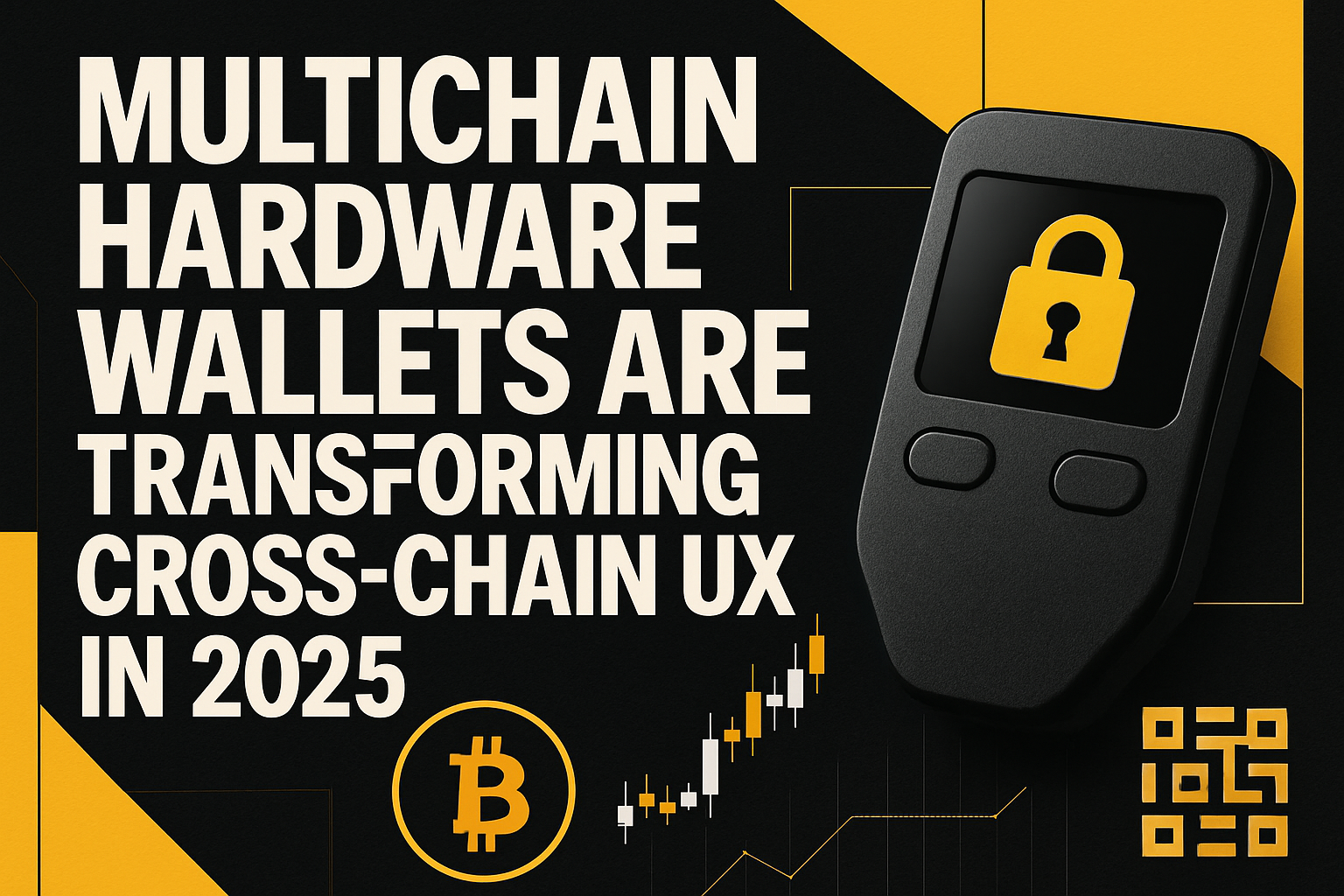
In 2025, the multichain hardware wallet is no longer a niche tool for crypto maximalists. It’s the backbone of a unified crypto wallet experience, powering seamless cross-chain UX wallets that finally deliver on the promise of frictionless asset management across ecosystems. If you’ve ever juggled multiple wallets and browser extensions just to bridge tokens or stake assets on another chain, you know how fragmented things used to be. Today, that’s changing fast.
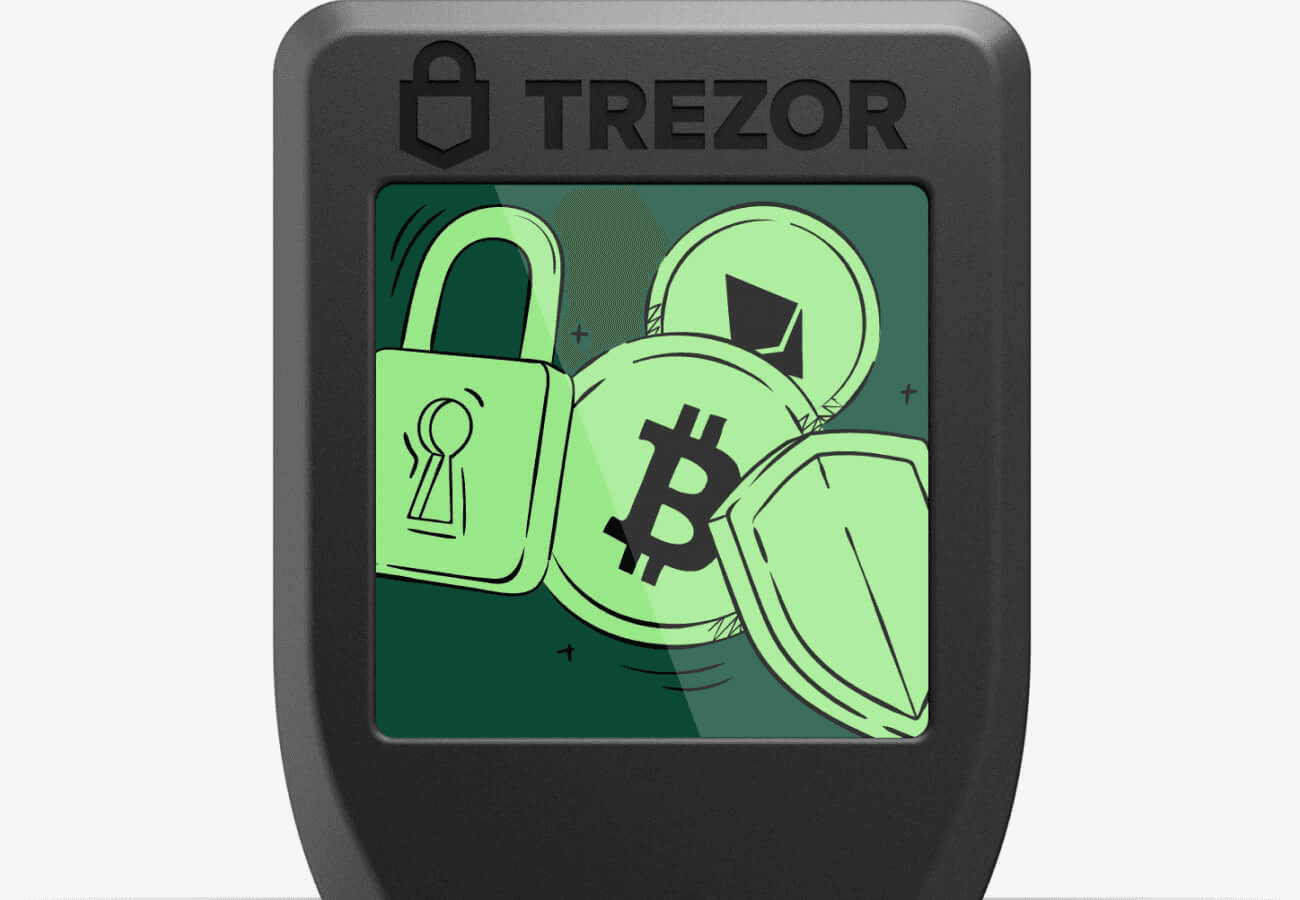
Unified Multichain Support: One Device, Many Chains
The most striking leap in cross-chain DeFi user experience is unified multichain support. Hardware wallets like Ledger Live have evolved to manage over 15,000 cryptocurrencies across major chains including Bitcoin, Ethereum, and Solana, all from a single dashboard. No more manual network switching or risky copy-pasting of addresses; users simply plug in their device and see their entire portfolio at a glance.
This shift isn’t just about convenience. It fundamentally redefines how users interact with decentralized applications (dApps) and protocols. Instead of being locked into one chain’s ecosystem, you can manage NFTs on Solana, swap tokens on Polygon, and stake ETH, all without leaving your hardware wallet interface. The days of siloed assets are fading fast.
Security Reinvented: Multi-Party Computation (MPC) Takes Center Stage
Security has always been the Achilles’ heel of crypto adoption. In 2025, leading multichain hardware wallets integrate Multi-Party Computation (MPC), distributing private key control across multiple devices or entities. This means your private keys are never in one place, making hacks or single points of failure virtually impossible.
MPC works by splitting cryptographic secrets among several parties who must collaborate to authorize transactions. If one device is compromised or lost, your funds remain secure. This approach also makes self-custody card wallets and mobile crypto hardware wallets far more resilient for both retail users and institutions alike.
Seamless Cross-Chain Transactions: From Dream to Reality
The era of clunky bridges and endless approval pop-ups is ending. Modern multichain hardware wallets now feature native cross-chain swapping engines right inside their UI. For example, Phantom Wallet’s Cross-Chain Swapper lets users bridge tokens directly between Ethereum, Polygon, Base, and Solana, no third-party dApp required.
This means fewer steps for users and dramatically reduced risk of sending assets to the wrong address or network, a common pain point highlighted by seasoned traders and new entrants alike. Combined with UI improvements like abstracted network selection (as seen in MetaMask’s latest overhaul), users can finally focus on what matters: managing their portfolios rather than wrestling with blockchain infrastructure.
If you’re curious about how these innovations are eliminating traditional network-switching headaches for good, or want an even deeper dive into UX breakthroughs, explore our guide on how cross-chain wallets eliminate network switching.
DeFi, NFTs and Beyond: All-in-One Crypto Management
Multichain hardware wallets in 2025 are no longer just key safes for long-term holders. They’re fully integrated platforms for DeFi, NFT trading, staking, and governance across dozens of chains. OKX Wallet, for example, now combines a non-custodial multi-chain vault with a built-in DEX aggregator, NFT marketplace, and cross-chain swap engine. This means you can lend on Ethereum, buy an NFT on Solana, and participate in a governance vote on Polygon, all from the same device.
For power users and newcomers alike, this convergence is transformative. The days of toggling between browser tabs or re-authenticating with multiple wallets are over. Instead, you get one secure entry point to the entire decentralized ecosystem, no more missed opportunities because you were stuck waiting for a bridge transaction or lost track of which wallet holds which asset.
Top Multichain Hardware Wallets & Features in 2025
-

Ledger Nano X: The industry leader now supports 15,000+ cryptocurrencies across major blockchains like Bitcoin, Ethereum, and Solana. Its Ledger Live app offers a unified dashboard for seamless multichain management and direct DeFi/NFT access.
-
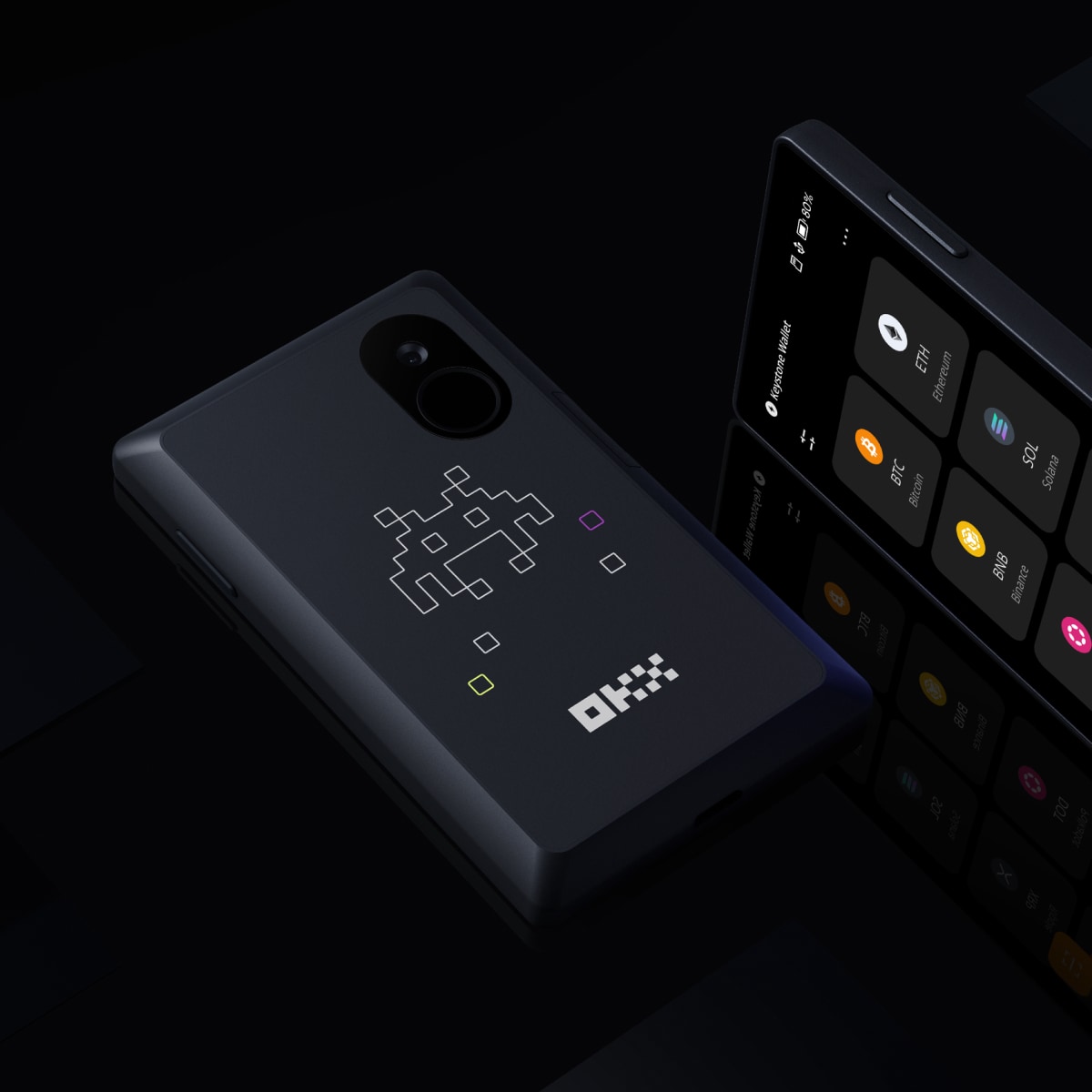
OKX Wallet: This non-custodial hardware wallet boasts support for over 80 blockchains, an integrated DEX aggregator, NFT marketplace, and a powerful cross-chain swap engine—all in one device.
-

Safe (formerly Gnosis Safe) Hardware Wallet: Renowned for institutional-grade security, Safe integrates Multi-Party Computation (MPC) for distributed key management, making it a top choice for secure, multichain asset custody.
-
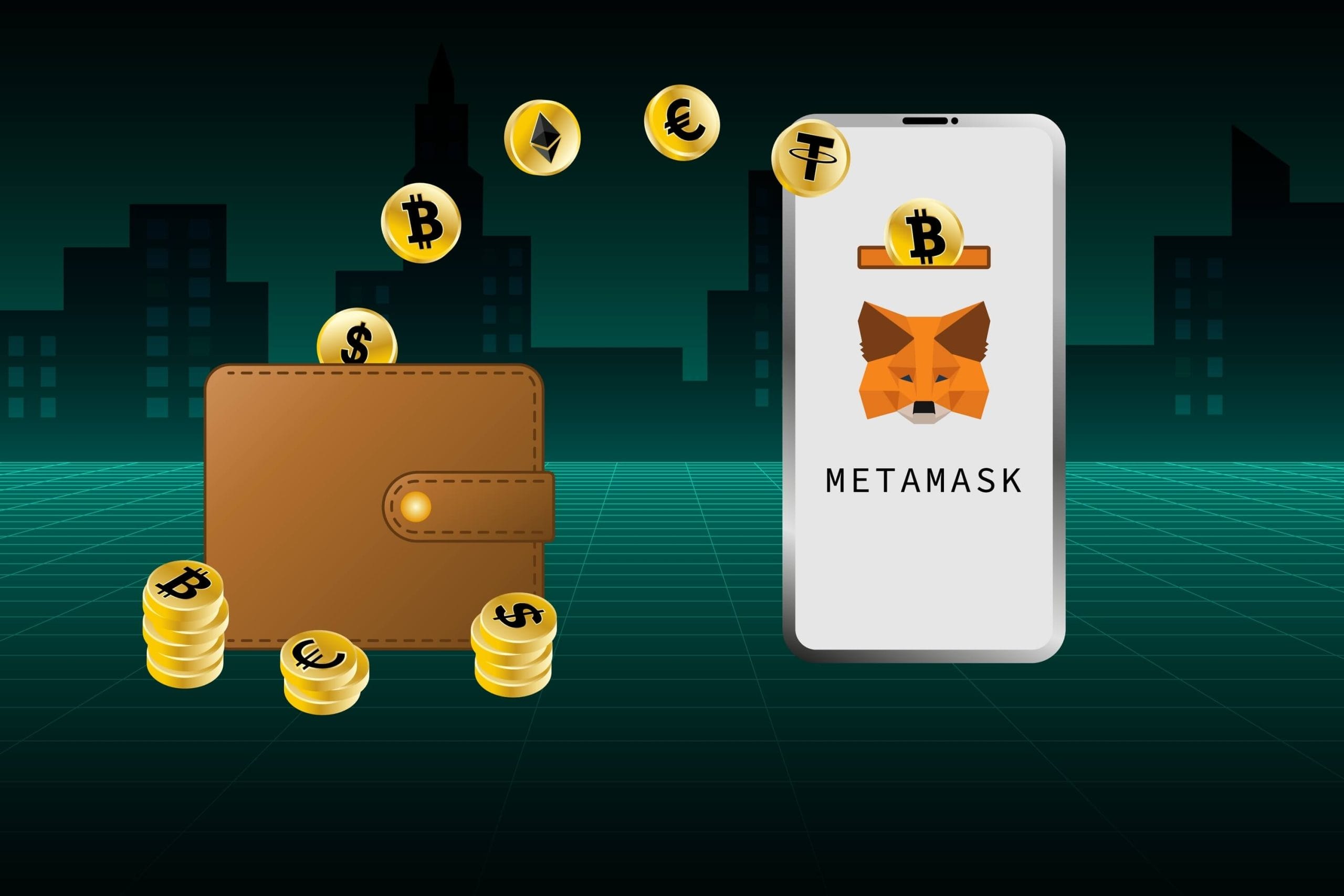
MetaMask Hardware Wallet: With its 2025 update, MetaMask now offers network abstraction and multiple Secret Recovery Phrases, letting users interact with dApps across chains without manual network switching. Enhanced hardware integrations boost security and UX.
-
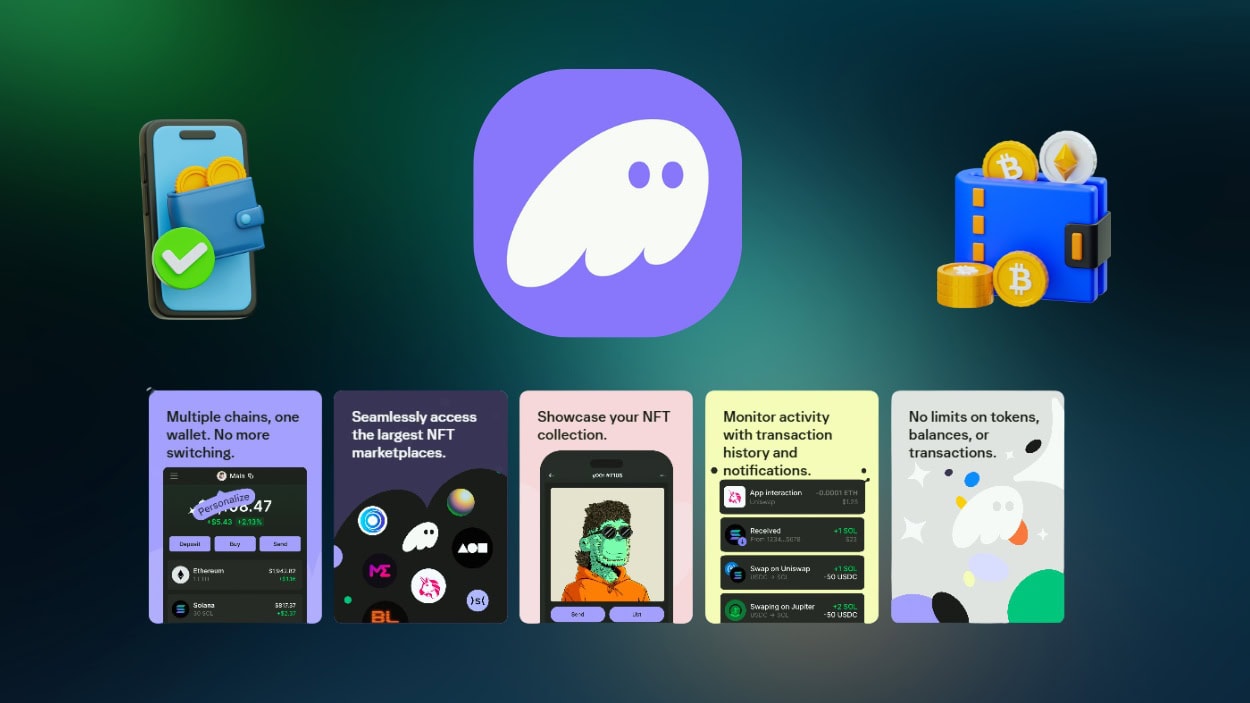
Phantom Wallet: Best known for its Cross-Chain Swapper, Phantom’s hardware edition allows bridging tokens between Ethereum, Polygon, Base, and Solana directly from the device, simplifying cross-chain transactions for NFT and DeFi users.
UX That Puts Users First: Intuitive Design Meets Ironclad Security
The best multichain hardware wallets now blend robust security with fluid user experience. Features like FIDO authentication, biometric unlocks, and multi-layered PINs make accessing your assets both seamless and safe. MetaMask’s support for multiple Secret Recovery Phrases (SRPs) lets you manage distinct profiles for different blockchains without confusing seed phrase juggling.
What sets the leading devices apart is their ability to abstract away blockchain complexity entirely. Instead of confronting users with cryptic error codes or network IDs, interfaces now use plain language prompts and visual cues, think color-coded chain icons or animated transaction confirmations, to guide every step.
The New Standard: Self-Custody Without Compromise
With institutional adoption ramping up and regulatory scrutiny increasing worldwide, self-custody solutions are under the microscope. Multichain hardware wallets answer this call by combining offline protection (cold storage), MPC-enhanced security models, and proactive UI warnings that flag suspicious activity before it happens. As one industry analyst recently shared:
This isn’t just about keeping hackers out, it’s about empowering users to confidently explore DeFi protocols and NFT markets without second guessing their safety at every turn.
What’s Next? A Glimpse Into the Future of Cross-Chain UX
If 2025 is any indication, the future belongs to unified crypto wallet experiences that erase boundaries between blockchains entirely. Expect even tighter integration with mobile crypto hardware wallet form factors, think contactless self-custody card wallets that sync instantly with your phone or desktop, and deeper FIDO authentication hooks into dApps themselves.
The endgame? A world where onboarding to Web3 is as simple as tapping your wallet, and where cross-chain DeFi user experience feels as natural as checking your email. Until then, keep an eye out for new releases from top players like Ledger Live, MetaMask, Trust Wallet, Rabby Wallet and OKX Wallet; each update brings us closer to true chain abstraction.
Want to see how these innovations are smoothing out every last bit of friction? Check out our deep dive on how unified wallets are solving cross-chain UX friction in DeFi.





